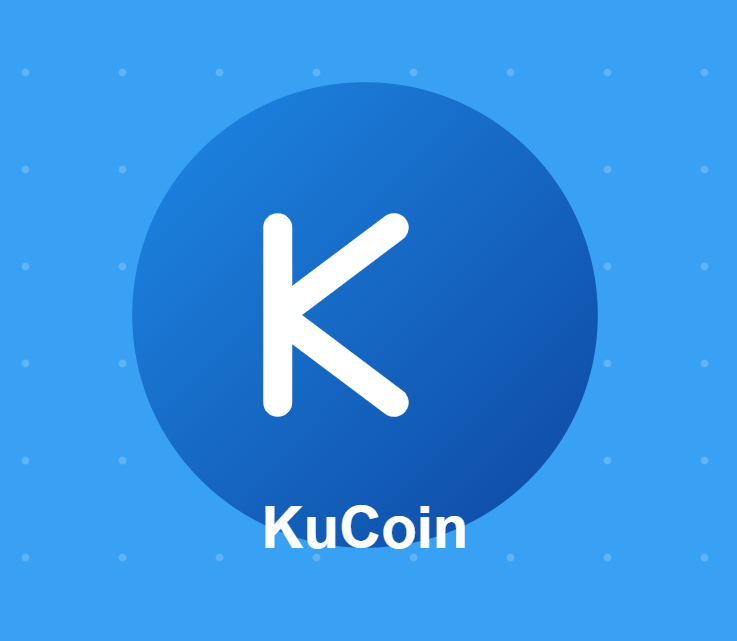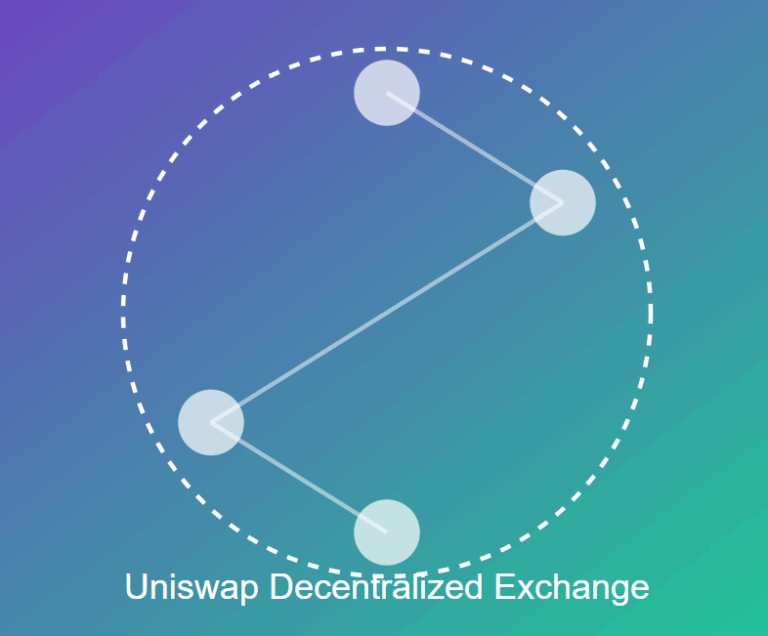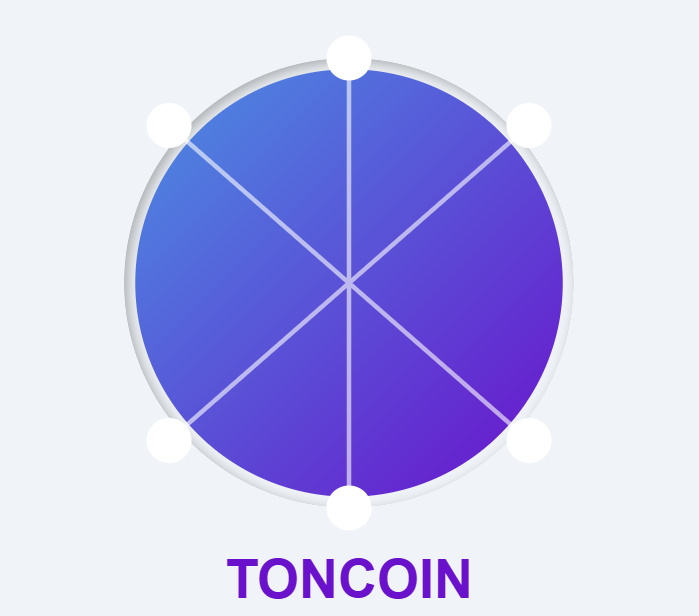
KuCoin
Table of Contents
-
Introduction
-
KuCoin: Origins and Evolution
-
Key Features of KuCoin
-
KuCoin Token (KCS): Utility and Potential
-
KuCoin Security: How Safe Is It?
-
Fees and Limits: Is KuCoin Affordable?
-
KuCoin vs Other Major Exchanges
-
KuCoin App and User Experience
-
KuCoin Ecosystem: Spotlight on KuChain and KuWallet
-
Regulation, Legal Challenges, and Global Compliance
-
User Base and Global Reach
-
Pros and Cons of Using KuCoin
-
How to Open an Account on KuCoin
-
Tips for Beginners Using KuCoin
-
KuCoin’s Future: Growth, Innovation, and Risks
-
Conclusion
1. Introduction
In the dynamic world of cryptocurrency, a few exchanges stand out due to their innovation, user base, and diverse features. KuCoin, often referred to as “The People’s Exchange,” has earned its place among the top global cryptocurrency exchanges. With over 30 million registered users in 200+ countries, KuCoin has become a go-to platform for both new and experienced traders.
This article explores everything you need to know about KuCoin — from its humble beginnings to its current position as one of the leading names in crypto trading.
2. KuCoin: Origins and Evolution
KuCoin was founded in 2017 by a team of blockchain enthusiasts led by Michael Gan and Eric Don, who were early adopters of cryptocurrencies and blockchain technology. Originally based in China, the company moved operations abroad due to China’s strict regulations on cryptocurrency. The exchange eventually incorporated in the Seychelles.
Key Milestones:
-
2017: Official launch with only a handful of cryptocurrencies.
-
2018: Series A funding round secured $20 million from IDG Capital and Matrix Partners.
-
2020: Suffered a major security breach — over $280 million in crypto was stolen (later mostly recovered).
-
2022: Raised $150 million in a Series B round at a valuation of $10 billion.
-
2023–2024: Faced legal challenges in the US and New York due to regulatory compliance issues.
3. Key Features of KuCoin
3.1 Wide Range of Cryptocurrencies
KuCoin supports over 700 cryptocurrencies, including major assets like Bitcoin (BTC), Ethereum (ETH), Solana (SOL), and thousands of altcoins and tokens — many of which launch first on KuCoin.
3.2 Spot and Margin Trading
KuCoin offers both spot trading for straightforward buy/sell transactions and margin trading with up to 10x leverage on selected pairs.
3.3 Futures Trading
Users can access KuCoin Futures, where they can trade contracts with up to 100x leverage.
3.4 Trading Bots
KuCoin is known for its built-in trading bots, especially the DCA bot, which helps automate investing strategies with minimal technical knowledge.
3.5 Staking and KuCoin Earn
KuCoin Earn lets users stake or lend their crypto to earn passive income. Options include Flexible and Fixed-term staking with varying APYs.
3.6 Peer-to-Peer (P2P) and OTC Trading
KuCoin’s P2P platform allows users to buy/sell crypto using local currencies with zero fees.
4. KuCoin Token (KCS): Utility and Potential
The KuCoin Token (KCS) is an integral part of the KuCoin ecosystem.
KCS Benefits:
-
Trading Fee Discounts
-
Daily Profit Sharing (50% of daily fees are distributed to KCS holders)
-
Participation in KuCoin Spotlight (IEOs)
-
Priority Customer Support
Tokenomics:
-
Max Supply: 200 million
-
Burn Mechanism: Tokens are burned monthly until supply reaches 100 million
KCS is projected to grow in utility as KuCoin expands its DeFi ecosystem (KuChain) and NFT initiatives.
5. KuCoin Security: How Safe Is It?
KuCoin has had both high praise and controversies in the area of security.
2020 Hack:
-
$281 million stolen
-
Recovered via cooperation with other exchanges and law enforcement
-
Triggered investment in advanced cybersecurity protocols
Security Measures Today:
-
Multi-layered encryption
-
Two-factor authentication (2FA)
-
Cold wallet storage for most funds
-
Bug bounty program
KuCoin now ranks among the most secure Tier 1 exchanges despite its past breach.
6. Fees and Limits: Is KuCoin Affordable?
KuCoin is considered low-fee compared to competitors.
Spot Trading Fees:
-
0.1% standard (can go as low as 0.08% with KCS discounts)
Futures:
-
Maker Fee: 0.02%
-
Taker Fee: 0.06%
Deposit and Withdrawal:
-
No fees for crypto deposits
-
Withdrawal fees vary by coin (standardized)
KuCoin also does not require KYC for basic trading and deposits — although withdrawals and high-volume trading may require identity verification.
7. KuCoin vs Other Major Exchanges
| Feature | KuCoin | Binance | Coinbase | Kraken |
|---|---|---|---|---|
| Founded | 2017 | 2017 | 2012 | 2011 |
| Cryptocurrencies | 700+ | 350+ | 200+ | 220+ |
| Spot Fees | 0.1% | 0.1% | 0.5%+ | 0.16%–0.26% |
| Futures | Yes | Yes | No | Yes |
| KYC Required | No (basic) | Yes | Yes | Yes |
| App Rating (iOS) | 4.6/5 | 4.7/5 | 4.7/5 | 4.4/5 |
8. KuCoin App and User Experience
KuCoin offers a highly rated mobile app for both Android and iOS. It supports:
-
Instant buying via credit/debit card
-
Real-time charts and order books
-
Futures and margin trading
-
Automated trading bots
The desktop interface is also highly customizable, offering TradingView charts and modular panels.
9. KuCoin Ecosystem: Spotlight on KuChain and KuWallet
KuChain:
KuChain is KuCoin’s public blockchain focused on decentralized finance (DeFi). It aims to support high-speed transactions, smart contracts, and cross-chain asset transfers.
KuWallet:
A non-custodial wallet that allows users to interact with DeFi protocols and NFTs while maintaining full control over their private keys.
10. Regulation, Legal Challenges, and Global Compliance
While KuCoin has avoided strict regulation by operating from the Seychelles, it has recently faced scrutiny:
2023 – NY Attorney General Lawsuit:
-
Accused of failing to register as a securities and commodities broker-dealer
-
Settled by paying $22 million and ceasing operations in New York
2024 – US Federal Charges:
-
Allegations of violating Anti-Money Laundering (AML) laws
-
Claims that KuCoin processed over $9 billion in illicit transactions
Despite these legal hurdles, KuCoin maintains its global services and claims user funds are safe.
11. User Base and Global Reach
KuCoin serves over 30 million users in 200+ countries. It is especially popular in:
-
Southeast Asia
-
Eastern Europe
-
Africa
-
Latin America
Unlike exchanges such as Coinbase, KuCoin does not offer fiat-to-crypto onboarding in all regions, though P2P markets bridge the gap.
12. Pros and Cons of Using KuCoin
✅ Pros:
-
Huge variety of coins and trading pairs
-
Low fees
-
Excellent mobile and desktop apps
-
Trading bots and futures access
-
No KYC for basic use
❌ Cons:
-
Limited fiat support
-
Past security breach (2020)
-
Regulatory risk in certain jurisdictions
13. How to Open an Account on KuCoin
-
Visit www.kucoin.com
-
Click “Sign Up”
-
Enter email or phone and set a password
-
(Optional) Complete KYC for full access
-
Deposit crypto or buy using card/P2P
14. Tips for Beginners Using KuCoin
-
Start with spot trading before trying leverage or futures
-
Use trading bots for passive income strategies
-
Enable 2FA and whitelist withdrawal addresses
-
Use KCS to save on trading fees
-
Watch for KuCoin Spotlight (IEO) opportunities
15. KuCoin’s Future: Growth, Innovation, and Risks
KuCoin is poised to remain a top player due to its commitment to:
-
Expanding into DeFi and Web3
-
Growing its mobile and app ecosystem
-
Developing KuChain
-
Increasing compliance measures
However, legal risks — especially in the US — could impact its accessibility and operations in certain markets.
17. KuCoin Trading Options and How to Maximize Your Profit
17.1 Spot Trading: The Core of KuCoin
Spot trading is the basic option available on most trading platforms, and KuCoin is no different. Here, users can buy and sell cryptocurrencies at market prices without using leverage or derivative products.
One of the advantages of spot trading on KuCoin is the fact that users have access to a much broader range of trading pairs. From BTC/USDT, ETH/USDT, to various altcoin pairs, KuCoin offers a selection that’s far more extensive than many competing platforms. Additionally, KuCoin implements a low-fee system, with standard trading fees starting at 0.1% and going as low as 0.08% or even lower for users holding and using KuCoin Shares (KCS).
For beginners, spot trading is generally the easiest way to get started with cryptocurrency trading. You simply buy an asset at the current market price and sell it later when you believe the price has risen.
Pro Tip: If you are new to crypto, consider using KuCoin’s Spot Grid Bot, which automates buying and selling at set intervals and could help you take advantage of market fluctuations without needing to be online constantly.
17.2 Leverage Trading: Margin and Futures Trading
For those who want to increase their exposure to cryptocurrency volatility, KuCoin offers margin trading and futures trading. These advanced tools allow users to borrow funds to trade with leverage, amplifying both potential profits and risks.
Margin Trading
With margin trading, users can borrow funds to trade larger positions than their account balance would otherwise allow. On KuCoin, the platform allows leverage of up to 10x on certain trading pairs. This means that for every $1 of your own capital, you can trade up to $10 worth of an asset. While this can yield larger profits, it also increases the risk of significant losses, as a small move in the price of the asset could trigger a margin call, forcing the user to liquidate their position.
Margin Trading Example: If you use $100 to buy Bitcoin on margin with 5x leverage, you’re actually controlling a position worth $500. If Bitcoin’s price rises by 5%, you could potentially make $25 (5% of $500), which would be a 25% profit on your initial investment. However, if the price drops 5%, you’ll lose $25, which is 25% of your initial capital.
Futures Trading
Futures trading on KuCoin allows users to enter into contracts that let them buy or sell cryptocurrencies at a predetermined price at a later date. This enables traders to speculate on the price of an asset, even if they don’t own the underlying asset.
KuCoin offers up to 100x leverage on certain futures contracts, providing high-risk, high-reward opportunities. Futures contracts come in two types: Perpetual Contracts (no expiration date) and Fixed Delivery Contracts (expire on a specific date).
Pro Tip: If you’re using leverage for futures trading, be sure to use stop-loss orders to protect yourself from major market downturns. It’s also wise to use leverage cautiously until you are comfortable with the associated risks.
17.3 KuCoin Trading Bots: Automated Crypto Trading
For users looking to automate their trading strategies, KuCoin Trading Bots can be a valuable tool. KuCoin offers a variety of bots that allow users to automate trading strategies for maximum efficiency and profitability. These bots work 24/7 and can execute buy or sell orders on your behalf, ensuring that you don’t miss out on trading opportunities even when you’re not actively monitoring the market.
-
Spot Grid Bot: This bot buys and sells assets at regular intervals based on pre-set prices, ensuring that you profit from price fluctuations without having to manage the process manually.
-
DCA (Dollar-Cost Averaging) Bot: This strategy invests a fixed amount of money into an asset at regular intervals, minimizing the impact of price volatility and allowing users to purchase more assets when prices are low.
-
Futures Grid Bot: This bot works similarly to the Spot Grid Bot but is designed for futures trading, allowing users to benefit from the volatility of leveraged positions.
Using trading bots is one of the best ways to trade more efficiently, especially for users who have limited time or knowledge to monitor the market constantly. However, it’s important to understand that no trading strategy is risk-free. Bots can amplify your profits, but they can also lead to losses if the market moves against you.
18. KuCoin’s Advanced Features: DeFi, NFTs, and Staking
18.1 KuCoin and Decentralized Finance (DeFi)
KuCoin has consistently positioned itself as an advocate for Decentralized Finance (DeFi). The exchange offers KuCoin Earn, a platform where users can stake cryptocurrencies and earn interest. Unlike centralized financial systems, DeFi allows users to maintain full control of their funds while earning passive income from lending or staking tokens.
KuCoin also offers KuChain, a blockchain built to facilitate decentralized applications (dApps) and other DeFi projects. With the rise of DeFi protocols, KuCoin’s commitment to supporting decentralized exchanges (DEXs) and smart contracts has made it a leading player in the space. As more people move towards decentralized solutions, KuCoin is positioning itself to be a bridge between centralized and decentralized systems.
18.2 KuCoin and NFTs
Non-Fungible Tokens (NFTs) have seen explosive growth in recent years, and KuCoin has embraced the trend with KuCoin NFT Marketplace. KuCoin launched its own NFT platform to support creators, collectors, and traders looking to engage in the booming world of digital art and collectibles.
The NFT marketplace allows users to:
-
Create and mint their own NFTs
-
Buy and sell digital art, virtual assets, and collectibles
-
Participate in NFT auctions
By integrating NFTs into its platform, KuCoin allows users to trade and invest in some of the most cutting-edge digital assets on the market today.
18.3 Staking on KuCoin
KuCoin offers an extensive range of staking options for users who wish to earn rewards while holding specific cryptocurrencies. Staking involves locking up a certain amount of a cryptocurrency to support the operations of a blockchain network. In return, stakers earn rewards in the form of additional tokens.
Staking on KuCoin offers several benefits:
-
Passive income generation: Earn rewards just for holding certain coins.
-
Variety of tokens: KuCoin offers staking for a variety of tokens, including popular choices like Ethereum 2.0 (ETH), Polkadot (DOT), and Cardano (ADA), as well as lesser-known altcoins.
-
Flexible and Fixed Staking: Users can choose from flexible staking, where they can withdraw their staked assets at any time, or fixed-term staking, which locks up assets for a predefined period, often yielding higher rewards.
19. KuCoin’s Global Expansion and Regulatory Challenges
KuCoin has made significant strides in expanding its user base globally. As of 2025, the exchange is available in more than 200 countries, and it continues to see rapid growth, particularly in Southeast Asia, Eastern Europe, Africa, and Latin America. These regions have experienced significant increases in cryptocurrency adoption, and KuCoin has effectively positioned itself as a leader in these markets.
However, as KuCoin expands globally, it has faced challenges in navigating complex regulatory environments.
Legal Issues in the U.S.
In December 2023, KuCoin was involved in a legal battle with the New York State Attorney General (NYAG). The NYAG alleged that KuCoin was operating without proper registration and violated New York’s securities laws. The platform settled the case, agreeing to pay a $22 million fine and cease operations in the state of New York.
Furthermore, in early 2024, U.S. prosecutors filed criminal charges against KuCoin and its founders, accusing them of money laundering and operating an unlicensed money transmitting business. These charges stemmed from allegations that the platform facilitated over $9 billion in illicit transactions since its inception.
Despite these legal challenges, KuCoin maintains that it complies with local regulations where applicable, and it continues to operate globally.
16. Conclusion
KuCoin has grown from a small exchange into a global crypto powerhouse in just a few short years. With an impressive range of features, competitive fees, and strong community engagement, it remains a solid choice for anyone serious about crypto trading. However, users must stay informed about its regulatory landscape and practice good security hygiene.
Whether you’re a beginner looking for your first exchange or a seasoned trader hunting for the next gem token, KuCoin offers a complete suite of tools to succeed in the fast-paced world of crypto.


